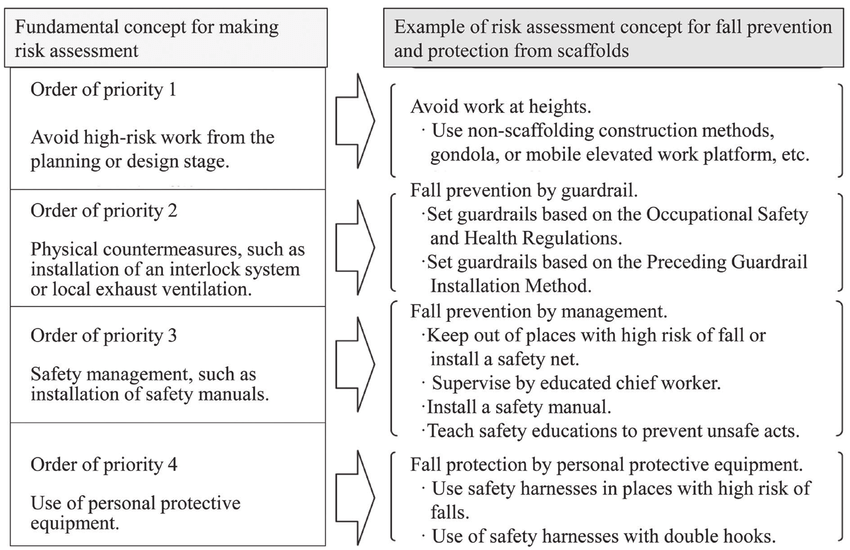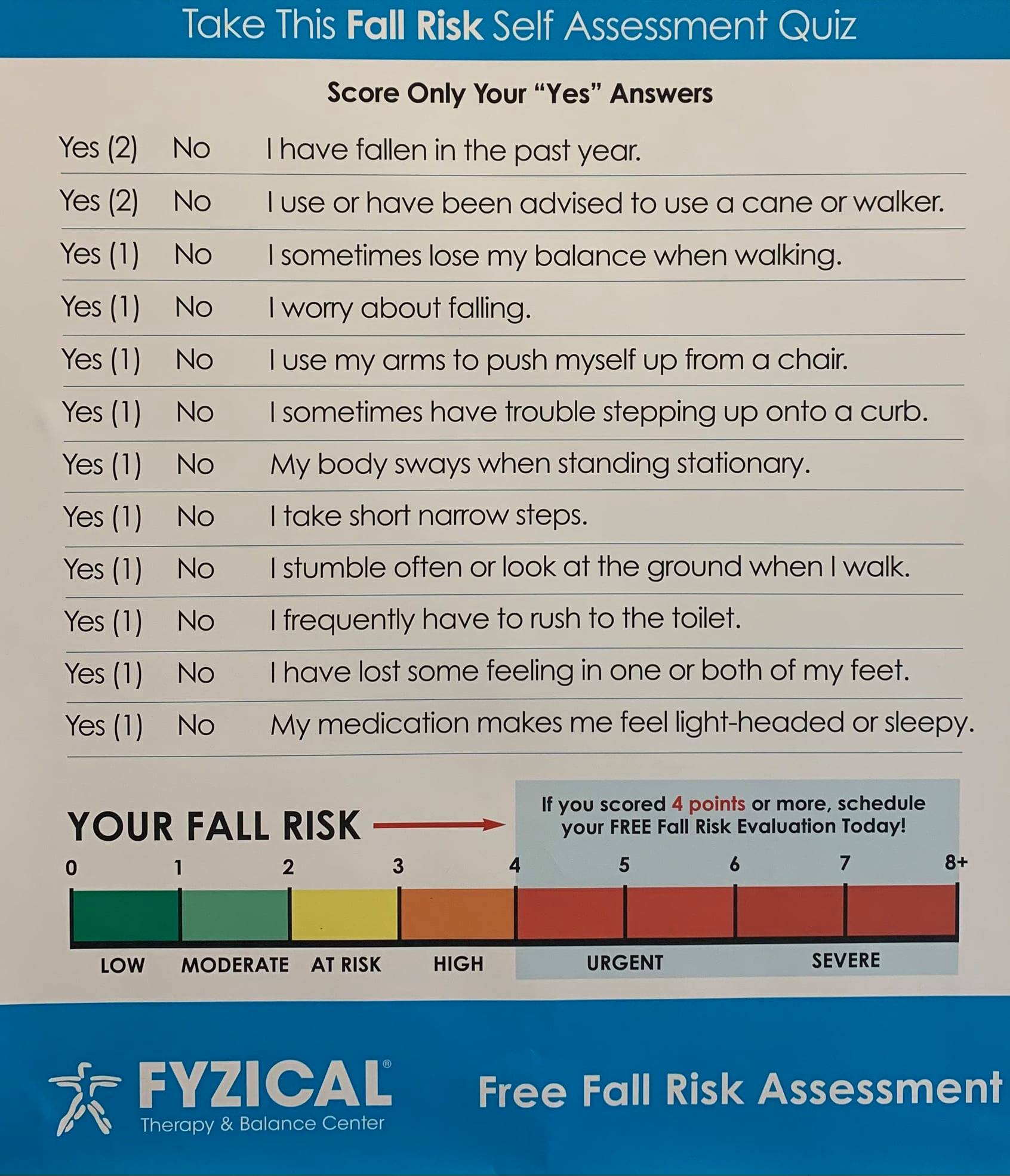Some Known Details About Dementia Fall Risk
Table of ContentsNot known Facts About Dementia Fall RiskDementia Fall Risk Things To Know Before You Get ThisThe Buzz on Dementia Fall RiskThe Greatest Guide To Dementia Fall RiskRumored Buzz on Dementia Fall Risk
Based on indications and signs and symptoms, such as proof of head injury or a new focal neurologic deficiency, computed tomography or MRI of the brain may be shown. An evaluation for sources of syncope need to be carried out only if there is solid uncertainty, as when it comes to recurrent, unusual falls
Healthcare providers utilize a loss risk evaluation to identify your danger factors for falling and make handy recommendations. A loss danger evaluation is vital because knowing which aspects increase your chances of dropping helps you: Minimize your threat of dropping or injuring yourself.
Maximize your capability to move and be active. Maintain a healthy and balanced, independent life. All adults 65 years and older should have an initial loss threat screening. Your doctor may ask you whether you: Feel unstable when standing or strolling. Have dropped in the previous year. Stress over dropping. If you respond to yes to any one of these concerns, your doctor will recommend an additional, much more comprehensive assessment.
Indicators on Dementia Fall Risk You Should Know

, and objectives especially tailored to individuals that are at danger for falls. A is specified as an occasion that results in an individual coming to relax unintentionally on the ground or floor or other lower degree (WHO, 2021).
Falling is the 2nd leading reason of death from unintended injuries globally. It is estimated that loss fatality rates in the United state
Unknown Facts About Dementia Fall Risk
If this rate proceeds, the CDC prepares for 7 fall fatalities every hour by 2030.
Each year, over 800,000 clients are hospitalized due to drops. Registered nurses play a major function in protecting against succumbs to their clients with education, examining autumn risk, producing safer settings, and supplying treatments in protecting against injuries from drops. Numerous threat aspects and conditions add to drops, including the following:. Matured 65 years and older; reduced limb prosthesis; usage of assistive gadgets such as walker, crane, and mobility device; living alone.
Loss are article due to numerous factors, and an all natural technique to the specific and atmosphere is important. Expect an individual is taken into consideration home at high danger for drops after the screening.
Dementia Fall Risk Things To Know Before You Buy
A calls for utilizing a confirmed device that researchers have checked out to be beneficial in calling the causes of drops in an individual. The level of autumn threat can be determined making use of the assessment of innate and external elements.
People are more likely to drop again if they have maintained one or even more falls in the previous 6 months. The older populace is at boosted threat of fall-related readmissions based on a study identifying the variables anticipating of repeat falls connected outcomes (Prabhakaran et al., 2020).
Furthermore, complication and impaired judgment increase the individual's possibility of dropping. The ability of individuals to secure themselves from drops is impacted by such factors as age and growth. Older useful content people with weak muscle mass are more probable to drop than those that keep muscle mass stamina, flexibility, and endurance. These changes include reduced visual function, impaired color understanding, change in center of gravity, unsteady stride, lowered muscular tissue stamina, lowered endurance, altered depth perception, and delayed feedback and response times.
The Main Principles Of Dementia Fall Risk
Much less contrast sensitivity was quite related to both raised rates of falls and other injuries, while lowered visual skill was only related to boosted loss price (Wood et al., 2011). Sensory understanding of ecological stimulations is extremely important to safety and security. Vision and hearing problems limit the patient's ability to perceive dangers in the surroundings.
Older grownups who have inadequate balance or trouble walking are extra most likely to drop., or various other medical conditions and therapies., and use of psychotropic drugs (Stanmore et al., 2013).
 Amanda Bynes Then & Now!
Amanda Bynes Then & Now! Alisan Porter Then & Now!
Alisan Porter Then & Now! James Van Der Beek Then & Now!
James Van Der Beek Then & Now! Erika Eleniak Then & Now!
Erika Eleniak Then & Now! Robin McGraw Then & Now!
Robin McGraw Then & Now!